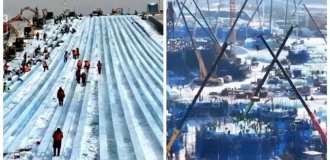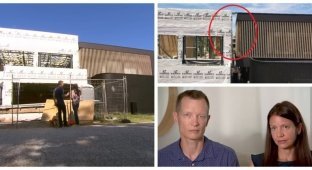8,000 People Broke the Law and Built a Dream City—Now People from All Over the Country Flock to It (6 photos)
Europeans are renowned for their meticulousness and almost sacred respect for the law. The slightest deviation and you're faced with not just a fine, but a legal nightmare. A few centimeters off when installing a fence—get ready for lawsuits worth thousands. Even if the neighbor doesn't object, the authorities will still intervene, as they've violated property lines, which is sacrilege. 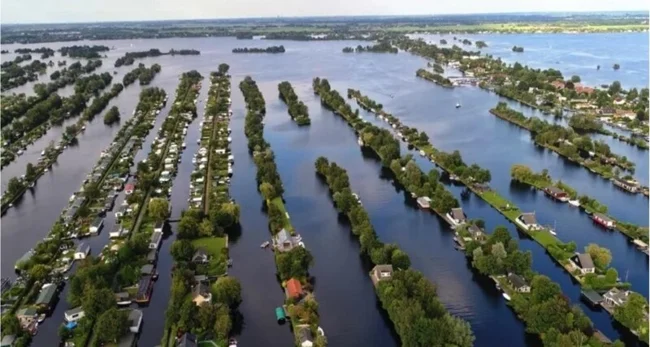
They say you can even get a fine for sneezing "inappropriately" or flushing your toilet at the wrong time of day. That's why Europeans seem so tense—afraid to break even the slightest rule. I once accompanied a group of Germans on a photo trip, and they kept asking questions:
— Is it allowed here? Will they fine me? Is it allowed to light a fire? Is it a crime if I break a branch? When will the inspection come? Where can I get a permit to enter the forest?
Not to mention unauthorized construction—it's practically a myth in Europe. But in the Netherlands, there is one exception. There's a village there entirely made up of houses built in defiance of the law. Yes, all the residents violated a direct government ban, and you know how it all ended? The government simply… pretended nothing happened.
How it all began 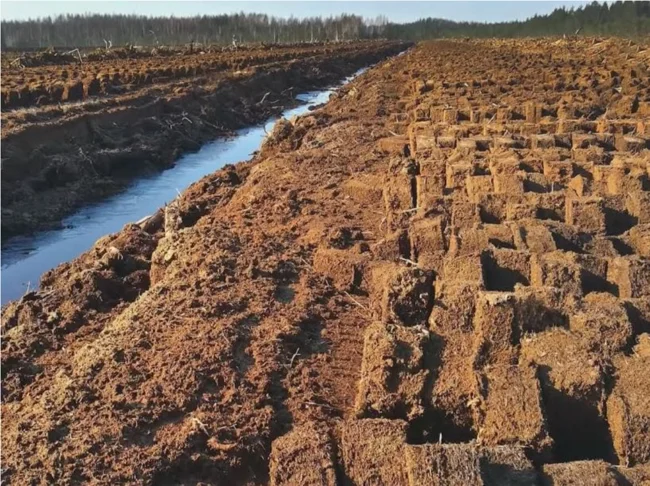
The fact is that several centuries ago, huge peat deposits were discovered near the small Dutch town of Achterbos. At the time, Holland was in dire need of fuel—they had no coal, and natural gas had not yet been extracted. Therefore, peat became the main source of heat, and it was mined on an unprecedented scale—up to eleven meters deep. In total, about 200 million tons were extracted from the earth. The peat was cut into briquettes and dried on special islands called legokers. 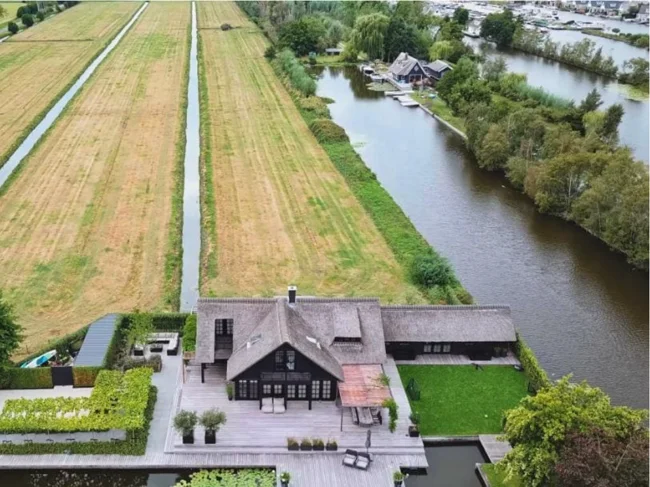
Over time, mining went deeper and deeper, and the islets rose higher and higher. When the country switched to gas, peat was forgotten, and the quarries gradually filled with water. Thus, a picturesque lake, dotted with numerous narrow islets, appeared at the site of the mining operation.
How the houses appeared
The Dutch are a businesslike and enterprising people. They love to relax on the water, boating, grilling, and simply enjoying nature. Therefore, local residents soon began asking the mayor's office for permission to own a piece of this "no-man's land." Permits were being issued left and right, and then officials realized they could make money from it and started selling the plots. 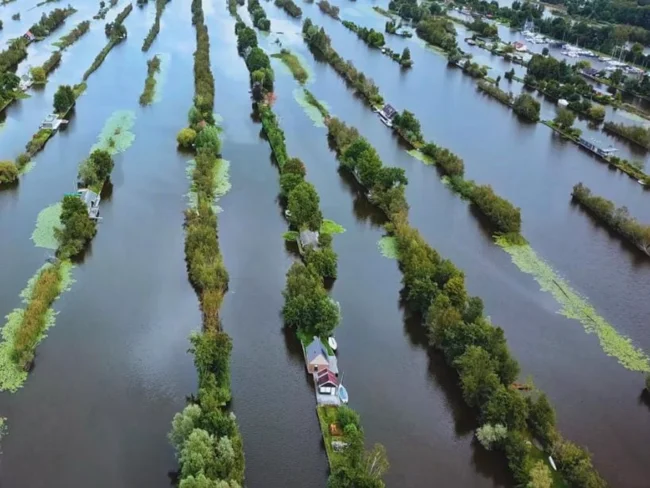
But it turned out that the lake was eroding the islands, making building houses dangerous. The authorities decided to play it safe and banned all major construction.
Just imagine: you have your own island, you develop it, plant trees, add sand, but you can't live on it. The Dutch thought for a long time, then unanimously gave up and went shopping for building materials. 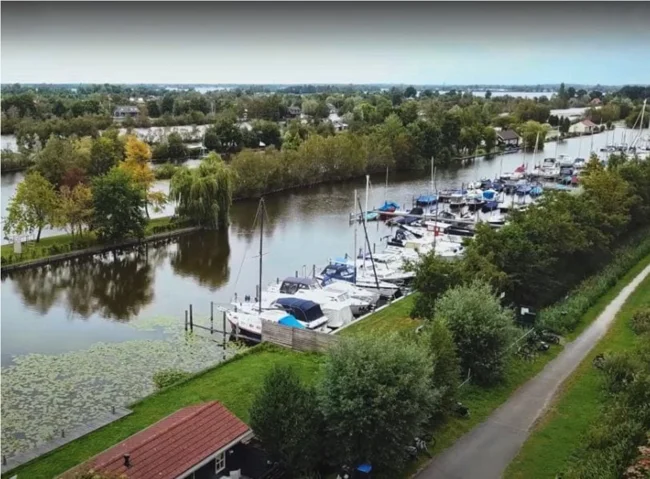
Ban? Never heard of it.
Over several decades, local residents quietly and peacefully built houses on the islands, ignoring the ban. When the authorities came to their senses and attempted to demolish the "illegal buildings," it turned out that many of the island owners were government officials. Naturally, they weren't eager to demolish their cottages either. 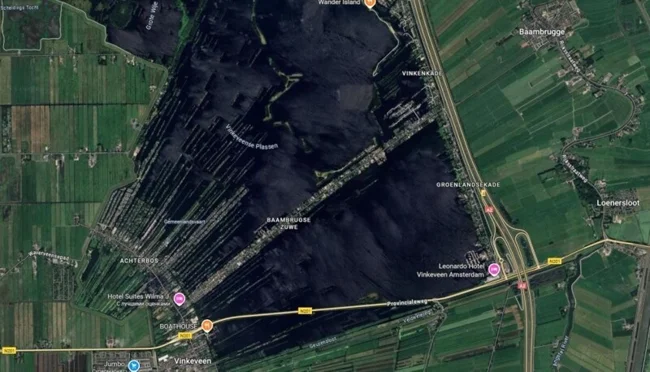
So, while the ban is formally in place, in reality, an entire village of eight thousand homes stands erect. Many have converted their homes into mini-hotels, hosting barbecues in the summer and ice skating in the winter.
The lake has become a tourist gem for the country and a true symbol of Dutch freedom. Locals joke that it's their little Venice—only more fun, warmer, and without the bureaucratic tedium.






